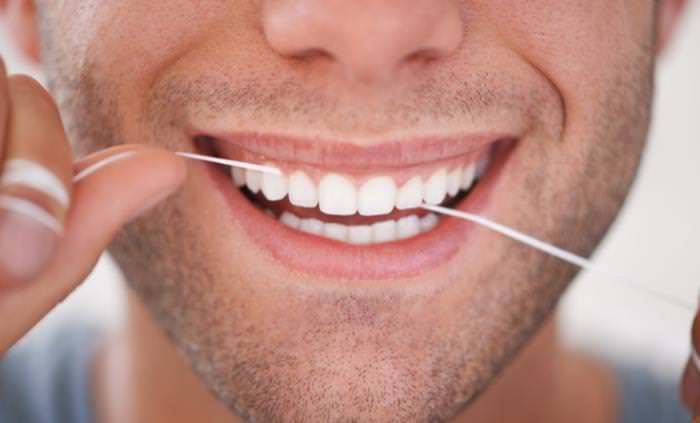In recent years, many chemicals that have been in long use in the hygiene industry have been trialed and deemed hazardous. Widely known examples are preservatives like parabens, other ingredients like SLS, and many other chemicals. Some of them are rightfully cast away and some are demonized in vain.
While using natural ingredients is almost always a healthy choice, even they are sometimes deemed dangerous or unnecessary. Such is the case with fluoride, giving rise to a market of fluoride-free toothpaste. We set out to find all about fluoride.
What Is Fluoride?
It is a naturally occurring mineral found in small and large bodies of water, both fresh and salt. It is a form of the chemical element fluorine. In toothpaste, it is most beneficial in quantities of 1,350 to 1,500 ppm (parts per million), for the prevention and reduction of cavities on any type of natural tooth. Other uses for it include the treatment of gingivitis (in a topical treatment) or osteoporosis when taken internally. Dosage for the treatment of osteoporosis should not exceed 20 mg per day.
It is widely considered safe for use in oral products and the low amount added to drinking water in some countries. However, in high doses (higher than 20 mg per day) is it possibly unsafe and may weaken bones and muscles. In most cities in the US, fluoride is found in drinking water in a concentration of 0.7 to 1.2 ppm.
It is safe for pregnant and breastfeeding women in doses of 10 mg per day. For infants under the age of 6 months, it is advisable to use water without fluoride when preparing a bottle of formula.
It is also safe for children when used in dental products. Children shouldn't swallow it in high amounts, thus it is recommended to only brush using a pea-size amount of paste and opt for a flavorless toothpaste, which they're less likely to want to swallow.
Remineralization and demineralization
Did you know your teeth lose and gain minerals from their enamel surface every single day? This all happens in the mouth, and not through the bloodstream. Enamel loses minerals in contact with acids in plaque. It gains minerals from foods and water rich in calcium, fluoride, and phosphate. Fluoride will make your enamel resistant to demineralization. Since this is a daily process, it is recommended to use fluoride toothpaste every single day.
Source
Fluorosis
Fluorosis is the cosmetic result of overexposure to fluoride. In mild cases, it will appear as small white specs on the teeth, while in severe cases the stains will be large and brown. Fluorosis happens to children up to the age of 8, when permanent teeth form.
According to WebMD, "Fluorosis affects nearly one in every four Americans ages 6 to 49". But only 2% of these cases will go noticed since the majority of them are too mild to be seen by the naked eye. Moreover, these numbers have been in decline since the 1980s.
As it is rather hard to fully remove, it is better to prevent it altogether. If you're concerned about high amounts of fluoride in your tap water you can contact local authorities to find out the exact amounts, or simply drink filtered or bottled water, making sure that your nutrition gives your sufficient minerals.
Foods that contain fluoride
Foods that contain fluoride will help the mineralization process. These are:
- Grapes - Any form of grape, including raisins and wine, contains fluoride. The highest amounts are in raisins and white wine.
- Vegetables: spinach and potatoes
- Black tea
But your teeth require more than just fluoride to thrive. They also benefit from calcium and phosphorus .
You'll find your calcium in dairy and green leafy vegetables, and your phosphorus in meats, poultry, fish, nuts, beans, and dairy products.
The reasoning behind fluoride-free toothpaste

The main reason to use fluoride-free toothpaste would be if you already receive more than enough fluoride from your diet.
Otherwise, there isn't much reason in avoiding it.
In a conversation with The Scope, a health podcast from the University of Utah Health, Dr. David Okano has even stated that toothpaste isn't such a necessity. "You really do not need toothpaste to remove dental plaque from your teeth. Purely the mechanical action of the toothbrush bristles and your dental floss disrupts the dental plaque that ultimately leads to tooth decay and gum disease." That is not to say that toothpaste does not have its benefits. Dr. Okana mentioned whitening ingredients and fresh breath, along with fluoride. "fluoride will help reduce the demineralization process", he says, "which is the first stage to tooth decay".
Regarding fluoride-free toothpaste, however, Dr. Okano clearly says that the only benefits they can offer are a temporarily fresh breath, but in no way will they prevent tooth decay as fluoride does.
H/T: WebMD, Flo




